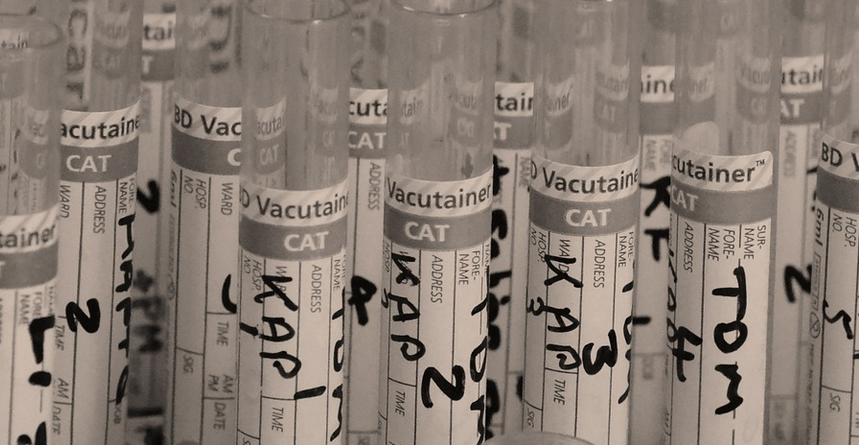Introduction
Cell membrane is an important component of a cell that separates the cell from its external environment. It is composed of various molecules that work together to provide a protective barrier for the cell.
Lipids
The most abundant component of the cell membrane is lipids. These are molecules that are insoluble in water and consist of a glycerol molecule attached to three fatty acids. The fatty acids can be saturated or unsaturated, and their properties affect the fluidity of the membrane.
Phospholipids
The most common type of lipid in the cell membrane is phospholipids. These consist of a glycerol molecule attached to two fatty acids and a phosphate group. The phosphate group is hydrophilic, meaning it is attracted to water, while the fatty acid tails are hydrophobic, meaning they repel water. This creates a bilayer structure that forms the basis of the cell membrane.
Proteins
Proteins are also an important component of the cell membrane. They are embedded within the lipid bilayer and can act as channels, pumps, receptors, or enzymes.
Integral Proteins
Integral proteins are embedded within the lipid bilayer and span the entire thickness of the membrane. They can act as channels, allowing molecules to pass through the membrane, or receptors, allowing the cell to communicate with its external environment.
Peripheral Proteins
Peripheral proteins are located on the surface of the membrane and are attached to the integral proteins. They can act as enzymes, helping to catalyze chemical reactions, or as structural components, helping to maintain the shape of the membrane.
Carbohydrates
Carbohydrates are also present in the cell membrane. They are attached to lipids or proteins and can act as signaling molecules or help the cell recognize other cells.
Glycolipids
Glycolipids are lipids that have a carbohydrate attached to them. They are located on the outer surface of the membrane and can act as signaling molecules or help the cell recognize other cells.
Glycoproteins
Glycoproteins are proteins that have a carbohydrate attached to them. They are located on the outer surface of the membrane and can act as signaling molecules or help the cell recognize other cells.
Conclusion
The chemical composition of the cell membrane is complex and consists of lipids, proteins, and carbohydrates. These molecules work together to provide a protective barrier for the cell and allow it to communicate with its external environment.

